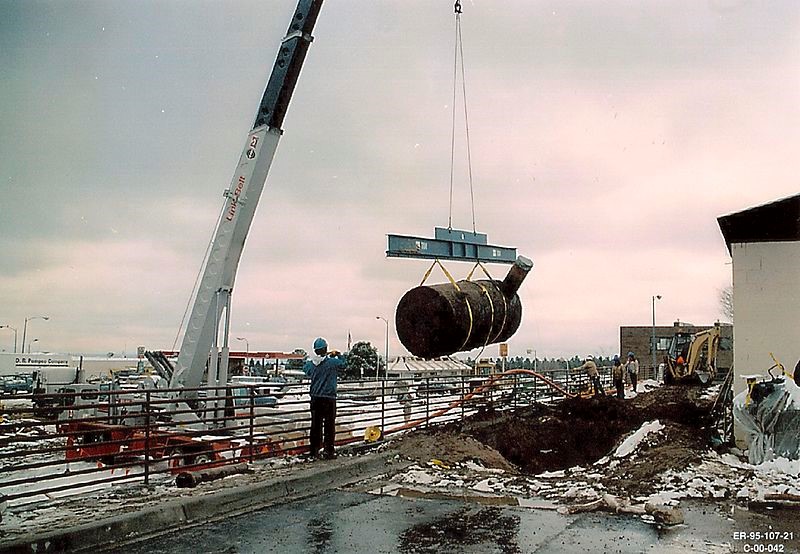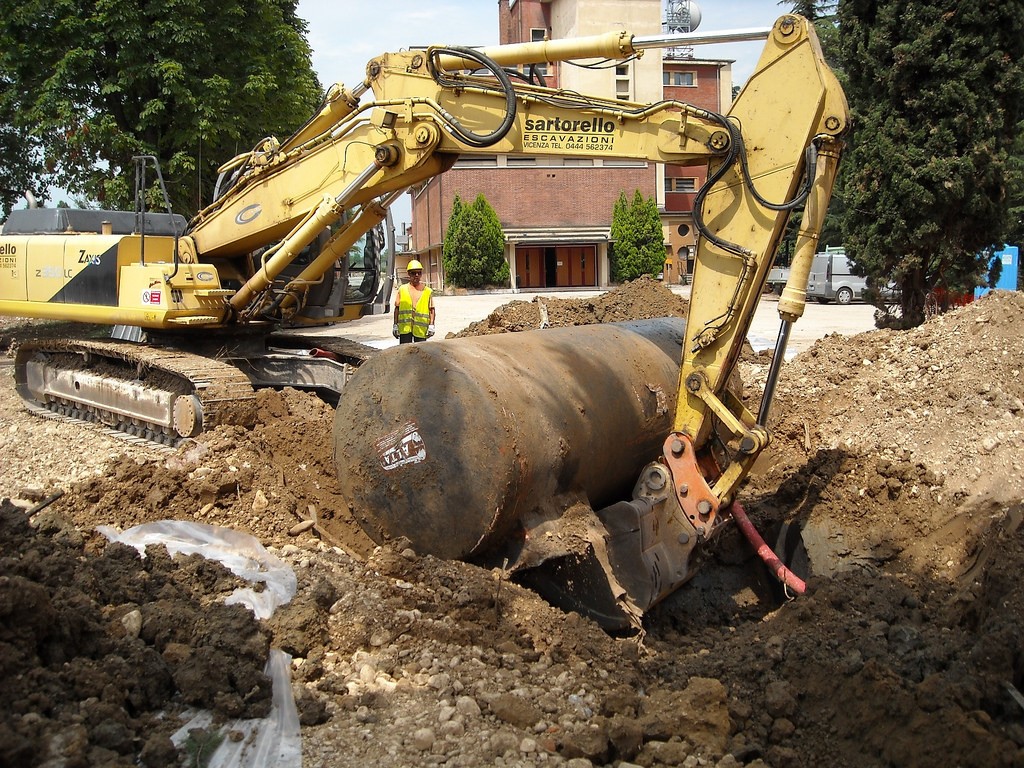Tank removal is no easy task. From looking at why it’s so important to remove them properly to answering questions for property buyers, here are the answers to some of the most common questions.

1. Why are underground tanks a concern?
Many steel tanks that are stored underground have been used for storing petroleum or oil. They have a finite lifespan and will be corroding all the time, which can cause the substances held inside to leak. Even tanks that are no longer in use will have residue substances that can damage the environment. This means that it’s important to clean and maintain tanks and also to have them properly decommissioned when they have reached the end of their lifespan.
2. Why does the soil need to be tested?
Prior to removal of the unwanted tank, the surrounding soil will need to be tested for the presence of any petrol, oil, or whichever substance was held in the tank. If there have been leaks and substances are in the ground, the removal experts will need to know about this in order to carry out the job safely. This could involve a company carrying out a soil remediation service such as https://soilfix.co.uk/services/soil-groundwater-remediation
3. How will I know if there is a tank on a property I am interested in?
There will normally be telltale signs about the existence of an underground tank, such as visible vents or filler pipes. The most likely residential properties to have tanks are homes in rural areas that are or were heated with oil. A full underground mapping survey will be able to detect if there are any tanks underground.

4. A survey on a residential or commercial property that I am buying has found an underground fuel tank. What should I do?
Unless this is a residential oil tank that is still in use (which should still be checked), the buyer should refrain from buying the property before the tank has been removed.
5. When should a tank be changed?
According to the Oil Care Campaign, a residential oil tank should be replaced every 20 years.
6. What are the options for decommissioning?
Tanks can be decommissioned in two ways. They can be removed and disposed of by the decommissioning service, or they can be filled with inert foam.
